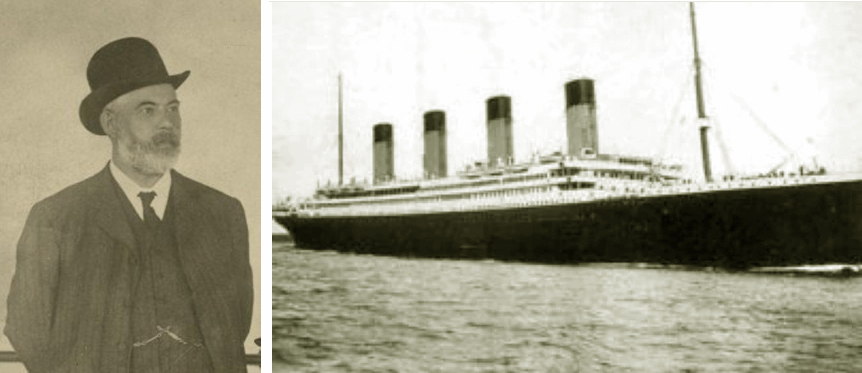
Great-grandfather John Bartholomew Jr. (1852-1927) and the RMS Titanic.
On a recent trip to England and Wales with my sister and granddaughter, I did just that. Being in the homes where my British ancestors lived, parks they strolled and buildings they worked in was like putting flesh on the bones of relatives I had never met, and our visit rounded out my understanding of my mother’s life as a child and young teenager. What happens when we honor our ancestors by exploring their lives? The experience continues to impact me since returning home.
One of the big surprises was the towering presence of my great-grandfather, John Bartholomew, Jr. I had heard about him from my mother; glimpsed a photo of him over the years; and I knew he had been on the Titanic. On this trip, I felt like I got to know him.
Born in Ireland in 1852, he went to sea as a young man and spent 40 years working for the White Star Line, making a total of 400 North Atlantic crossings. At the time the White Star Line launched the Titanic, he was the Superintendent of the Commissary, the Victualing Department, responsible for food, wine, china, linen, silver and stewards on all the White Star ships.
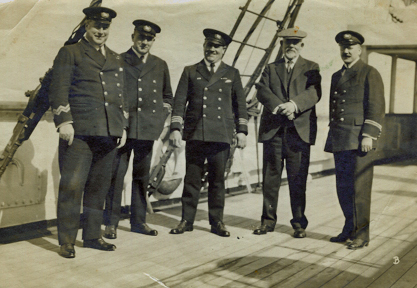
John Bartholomew, Jr. (second from right) on the White Star Line ship.
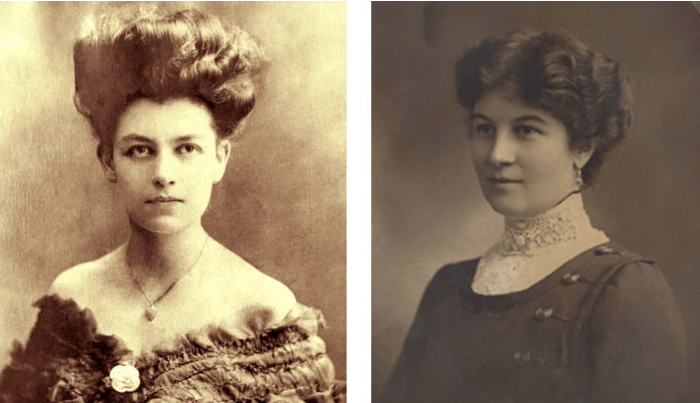
My grandmother, Laura Elizabeth (Dollie) Bartholomew (left); Isabelle Tait Leith Bartholomew, step-great-grandmother and third wife (1876-1923).
He lived large. He married his first wife, Agnes, at 20 and had one son, Charles Edward (known as Ned). At age 24, he married my great-grandmother, Frances, and had 5 children, including my grandmother, Laura Elizabeth, known as Dollie. Then on a trip to New York, he fell in love with a young Scottish woman, Isabelle. He returned to Liverpool, divorced my great-grandmother in 1896, and six months later, he married Isabelle in Manhattan in 1897. He brought her to Liverpool, and they had 4 children. The children of these 3 families grew up knowing each other. John lived most of his adult life in Liverpool with some years in Southampton. Outliving his third wife, he died of natural causes in Liverpool in 1927 at the age of 75.
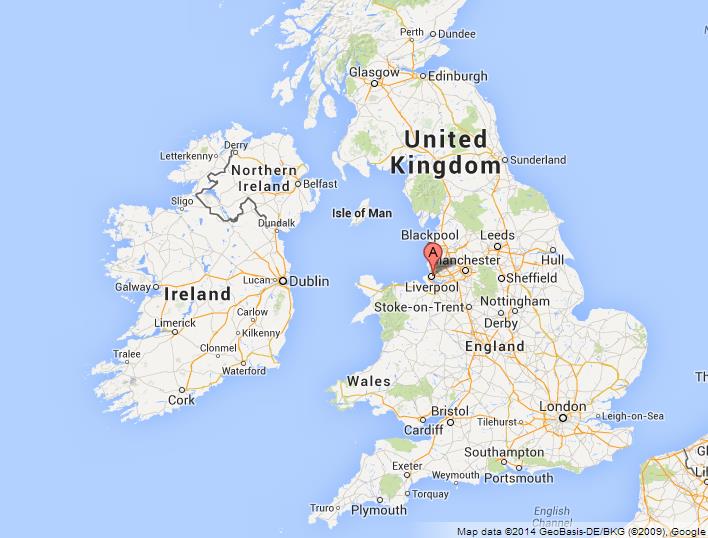
Map of the United Kingdom showing Liverpool.
An old seafaring town, Liverpool sits on the Mersey River where it received shipments of goods from around the world. It warehoused slaves from Africa on their way to the New World. Heavily bombed during World War II, it has beautiful old Victorian buildings sitting right next to modern ones. And of course, it is the home of the four Beatles.
We began our adventure by staying in the hotel in the Albion building across from the docks. It had been the headquarters of the Ismay family business: the White Star Line. The hotel rooms were decorated like rooms on the Titanic—we stayed in the John Jacob Astor Suite.
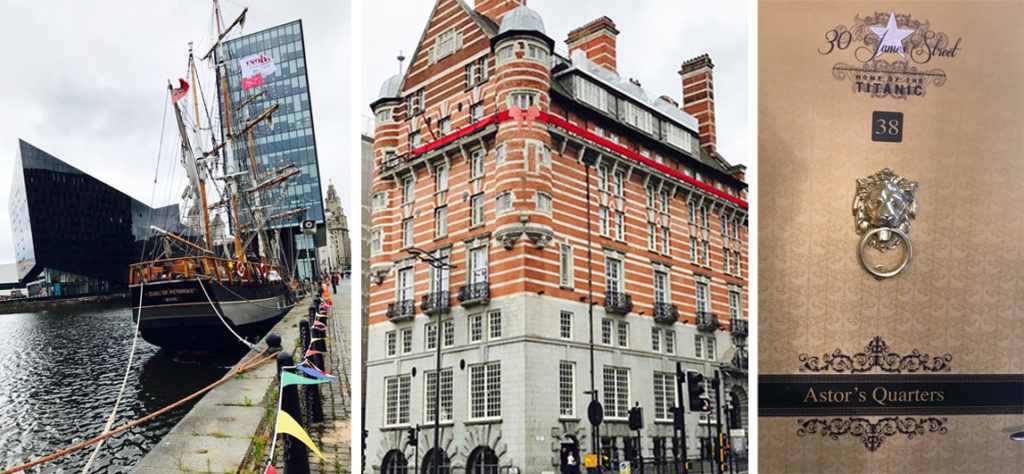
Dock on Mersey River, Liverpool; Albion House, Ismay family headquarters for White Star Line; Astor Suite at St. James Hotel.
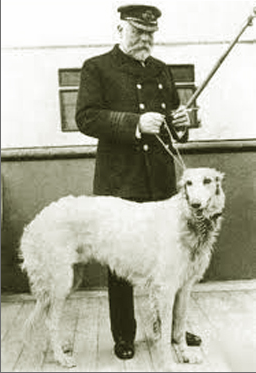
Captain Edward J. Smith of the Titanic
The next morning we met the curator of the Maritime Museum at the Titanic exhibit. John was aboard the Titanic in Southampton when owner, Bruce Ismay, told him they did not both need to make the maiden voyage. He got off and survived, but he lost many friends, including Captain Edward J. Smith. He greeted the survivors when they returned to Southampton.
We shared with him a postcard written in 1912 by my grandmother, Laura (Dollie) Elizabeth Bartholomew Aurrecoechea, saying: “Things are pretty sad and depressing round here just now over the Titanic. Poor old Brook, the Captain, Mr. Latimer—doesn’t it seem awful to think we’ll never see them again.” The curator showed us the names of these 3 men on the list of those
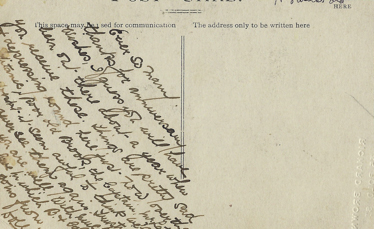
who died. Every time I look at the silver candelabra, given as a wedding gift to my grandparents in 1911 by Captain Edward John Smith, I think of him.
We found the last home where John lived at 15 Sefton Park. Broken into 6 or 7 flats, the renters welcomed us inside. It was an elegant home with tall ceilings and windows. We visited the nearby church where the funeral for his third wife was held and Allerton Cemetery where she and he are most likely buried. We also visited the home at 29 Alexandra Drive, Sefton Park, where my mother lived in 1919 at age 6.
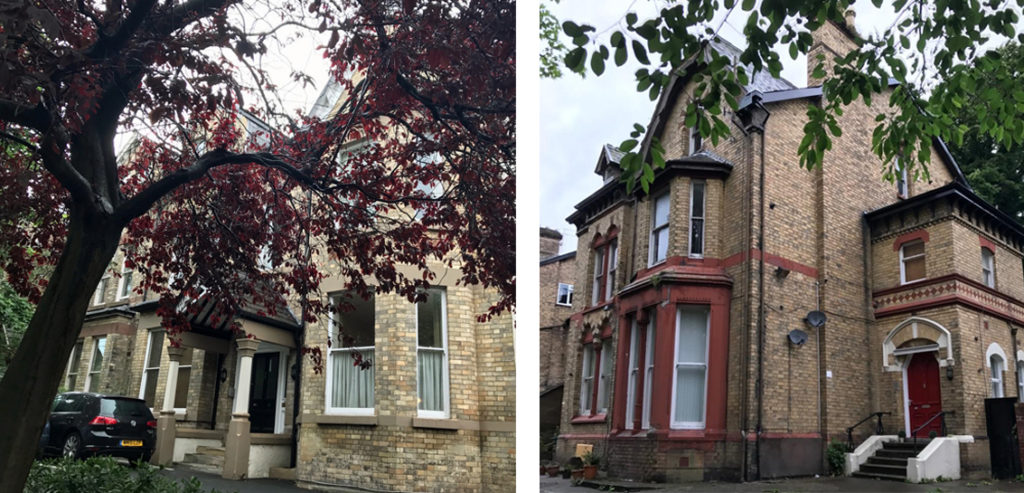
John Bartholomew’s Sefton Park home where he lived in 1927; My mother’s home at 29 Alexandra Drive, Sefton Park.
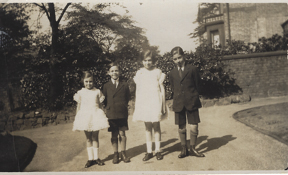
Mom and her siblings: Mercedes, Bernardo, Marichu (Mom), Nemesio at 29 Alexandra Drive, Sefton Park, Liverpool.
Nearby is Sefton Park, a green oasis of broad lawns and clumps of trees. We walked into the park and visited the greenhouse glass pavilion with beautiful flowers and interesting sculptures, including a delightful one of Peter Pan.
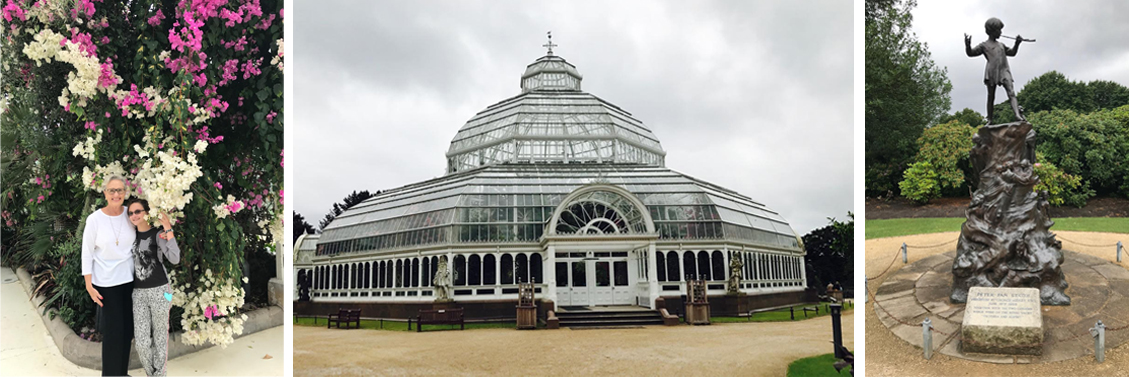
With my granddaughter Natalia; Victorian Glass Pavilion; a statue of Peter Pan at Sefton Park.
Not only did the children of his various families know each other, they summered together in the nearby Welsh beach village, Prestatyn. Growing up I remember our mother telling us about their beach cottage in Wales. Imagine my delight when I found Prestatyn in our Atlas. I sent an old photo of the house to the town clerk and asked if he knew where it was. I received an email back, giving me the address so I sent a note to the “Owners”, telling them it had been my family’s home and that we were coming to visit.
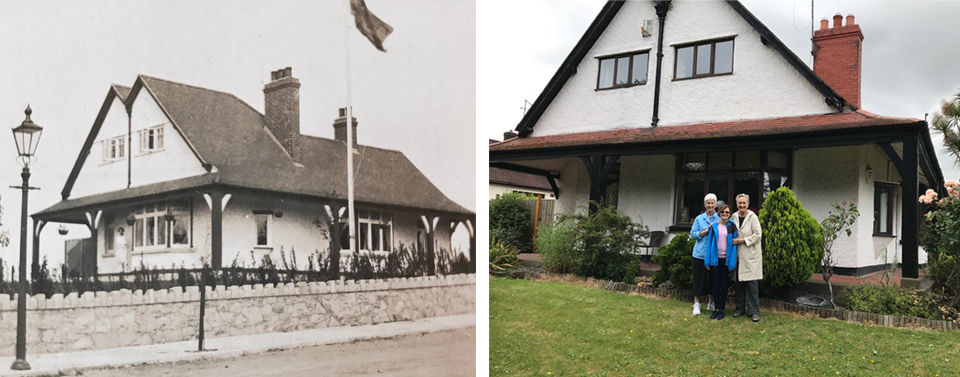
Mom’s beach cottage on 46 Gronant Road, Prestatyn, 1913. My sister, Elena, granddaughter, Natalia and me, 2017.
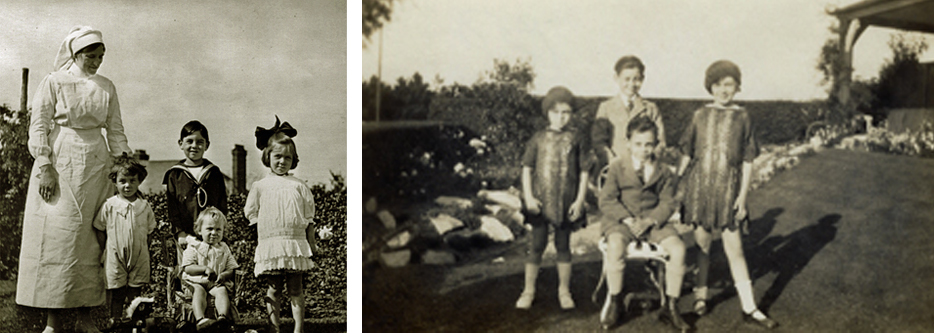
Mom, on right, in the garden in Prestatyn in both.
We arrived; I knocked on the door; the owner answered and invited us in to meet his wife and see the home. They graciously showed us throughout and around the surrounding gardens. We had a wonderful chat. I learned that it had been built in 1913 so that was when my grandparents bought it. I have a photo of my mother walking down the Gronant Road at age 4; sitting in the garden with her parents and children from John Bartholomew’s third family. I also have a photograph of the grand gentleman, John, walking the promenade with children from both families.
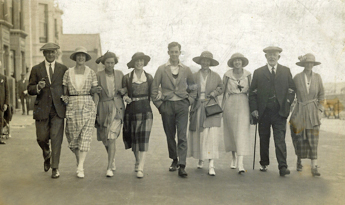
John Bartholomew, Jr., and family on promenade in Prestatyn.
What does it mean to have visited these places? I have a greater sensibility about my mother and other family members. I found myself smiling, celebrating her life and that of this larger-than-life great-grandfather. When I was young, Mom shared with me her love of family. Thank goodness she told me family stories and saved photographs and letters. They helped me trace our history on this trip.
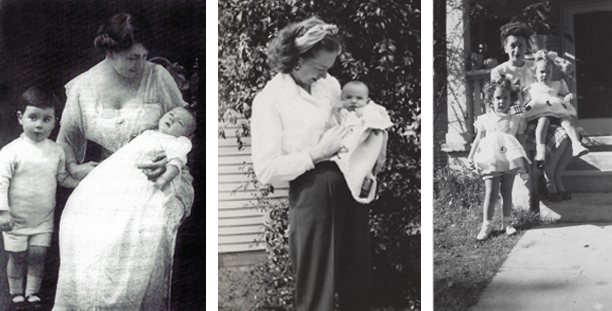
Dollie with son Nemesio and baby Marichu, my mom; Marichu holding me; Mom with my sister Elena (standing) and me.
When I came home, I had another surprise. I was meditating and the spirit of John Bartholomew came to me. He thanked me for exploring his life, having lunch with his grandchildren, Jenny and David, and great-grandchildren. He also wanted me to understand that what we did invigorated his spirit. I saw an image of a burst of golden light going from me to him, lighting him up.
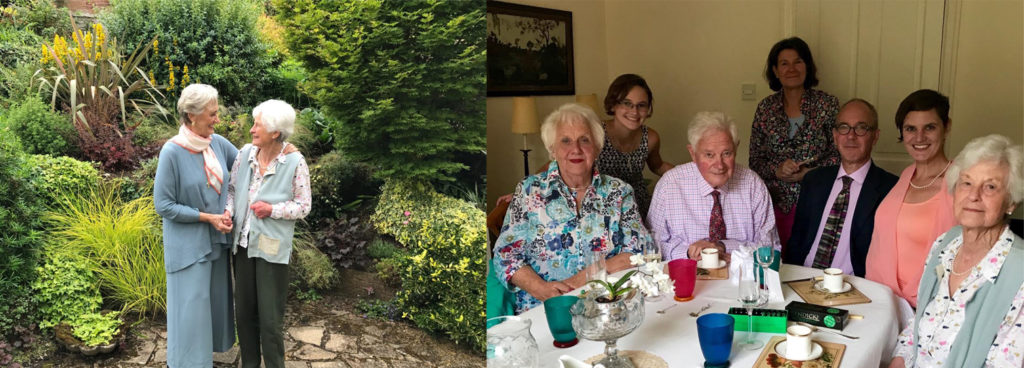
Jenny and me in her garden; Four generations of John Bartholomew Jr.’s American and British descendants gather over lunch at Jenny’s home.
Life is a mystery. We are connected energetically with our ancestors. Their spirits are enlivened when we honor them. They like being seen. I suspect that people in Eastern cultures know this. I am just learning it.
I cannot put in words the impact this trip has had on me. I feel connected to these people. It is as though my heart has opened, and I feel their strength, love, loss and sorrow. And I respect the challenges they met, decisions they made and how they moved forward at each stage of life.
Thank you, John and Frances Bartholomew, my great grandparents, Laura “Dollie” Bartholomew Aurrecoechea, my grandmother and Marichu Aurrecoechea Beilby, my mother, for giving me life. May my relatives celebrate and honor my life one day.
Image credits: Image of Titanic: Credit: By F.G.O. Stuart (1843-1923) [Public domain], via Wikimedia Commons. Image of Captain Edward J. Smith: http://www.ultimatetitanic.com/the-captain-of-the-titanic/
© Susan Beilby Magee, 2017. All Rights Reserved.
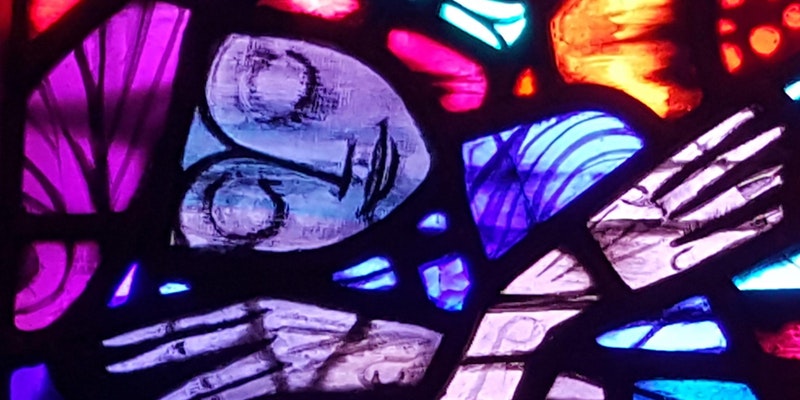
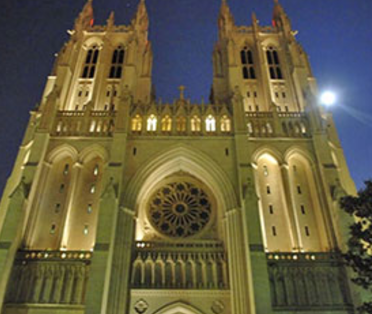
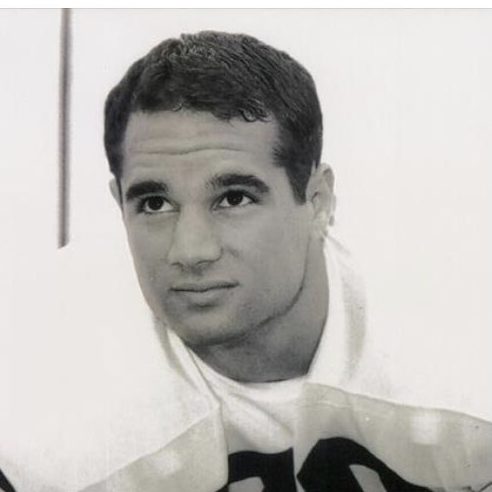
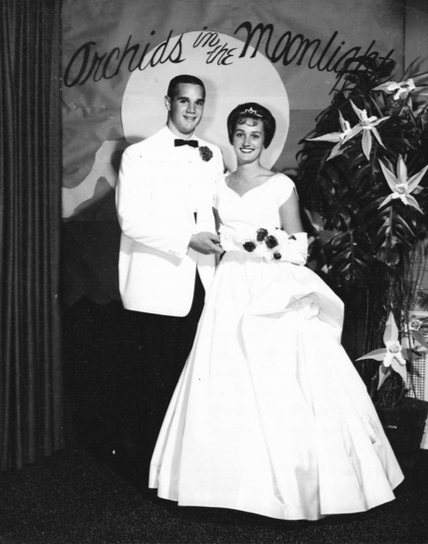
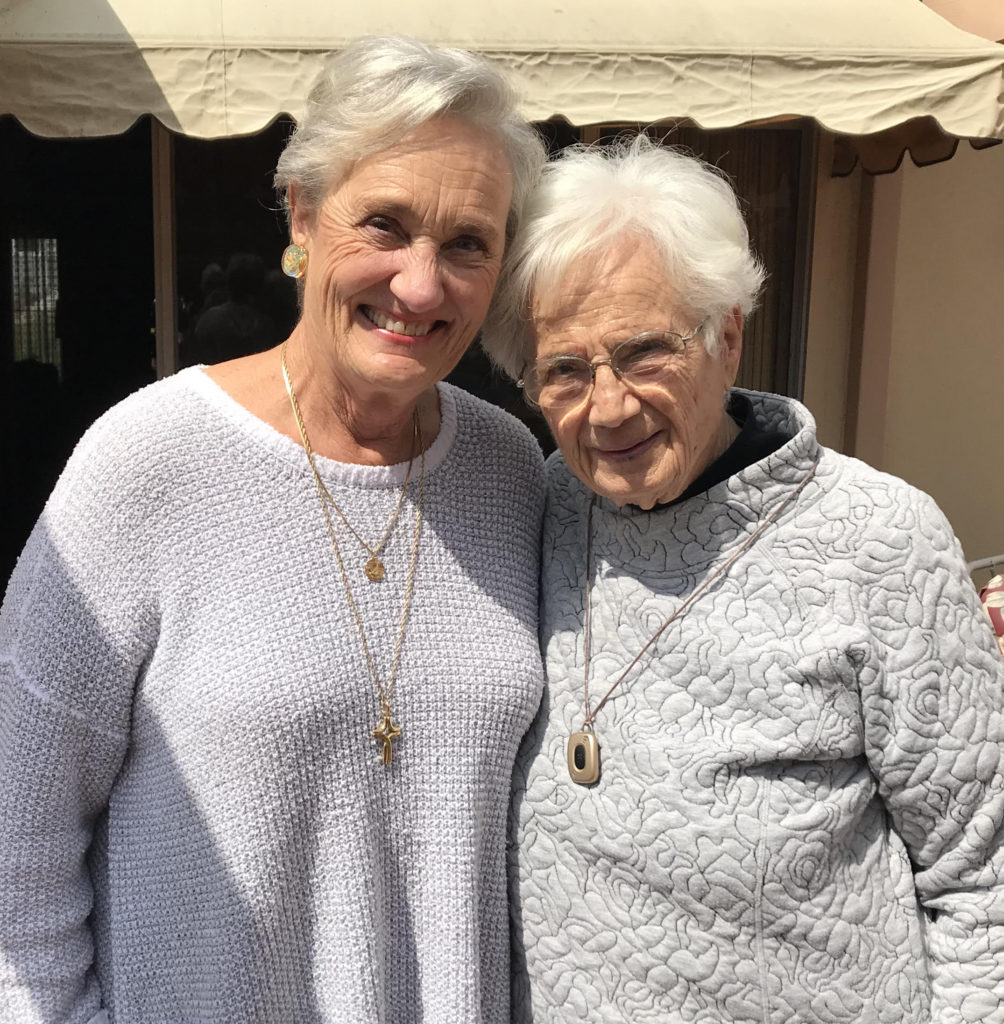
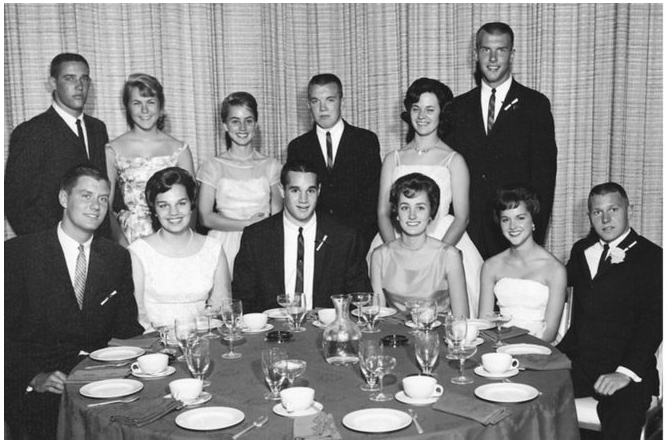
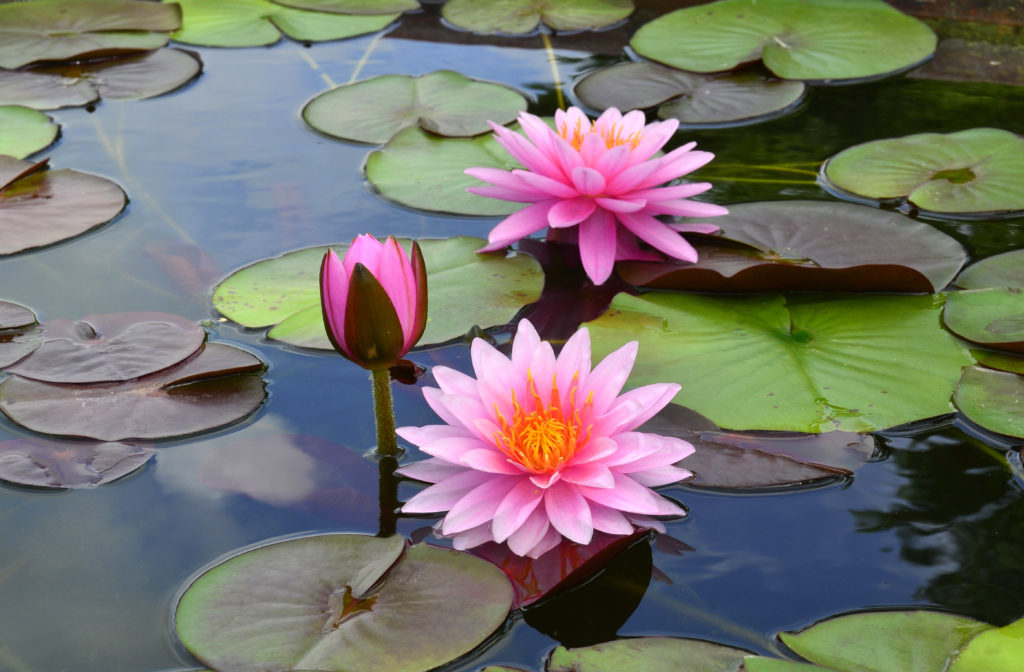
















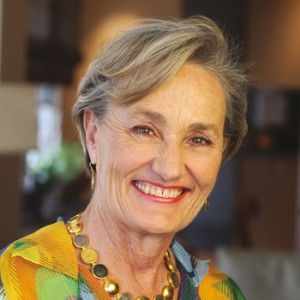 For the past 3 decades Susan Beilby Magee has practiced the healing arts. A certified hypnotherapist and meditation teacher, she leads Circles of Meditation and Healing at the Cathedral, guiding participants into quiet realms to seek healing and find peace. Magee was instrumental in bringing healing prayer to Cathedral Crossroads and continues to volunteer as a healing minister on Crossroads evenings. She practices various forms of meditation, visualization, hypnotherapy and energy healing. One chapter in her spiritual journey culminated with the publication of her book in 2012, Into the Light: The Healing Art of Kalman Aron, a profound story of the personal alchemy of an artist and Holocaust survivor she met at age six.
For the past 3 decades Susan Beilby Magee has practiced the healing arts. A certified hypnotherapist and meditation teacher, she leads Circles of Meditation and Healing at the Cathedral, guiding participants into quiet realms to seek healing and find peace. Magee was instrumental in bringing healing prayer to Cathedral Crossroads and continues to volunteer as a healing minister on Crossroads evenings. She practices various forms of meditation, visualization, hypnotherapy and energy healing. One chapter in her spiritual journey culminated with the publication of her book in 2012, Into the Light: The Healing Art of Kalman Aron, a profound story of the personal alchemy of an artist and Holocaust survivor she met at age six.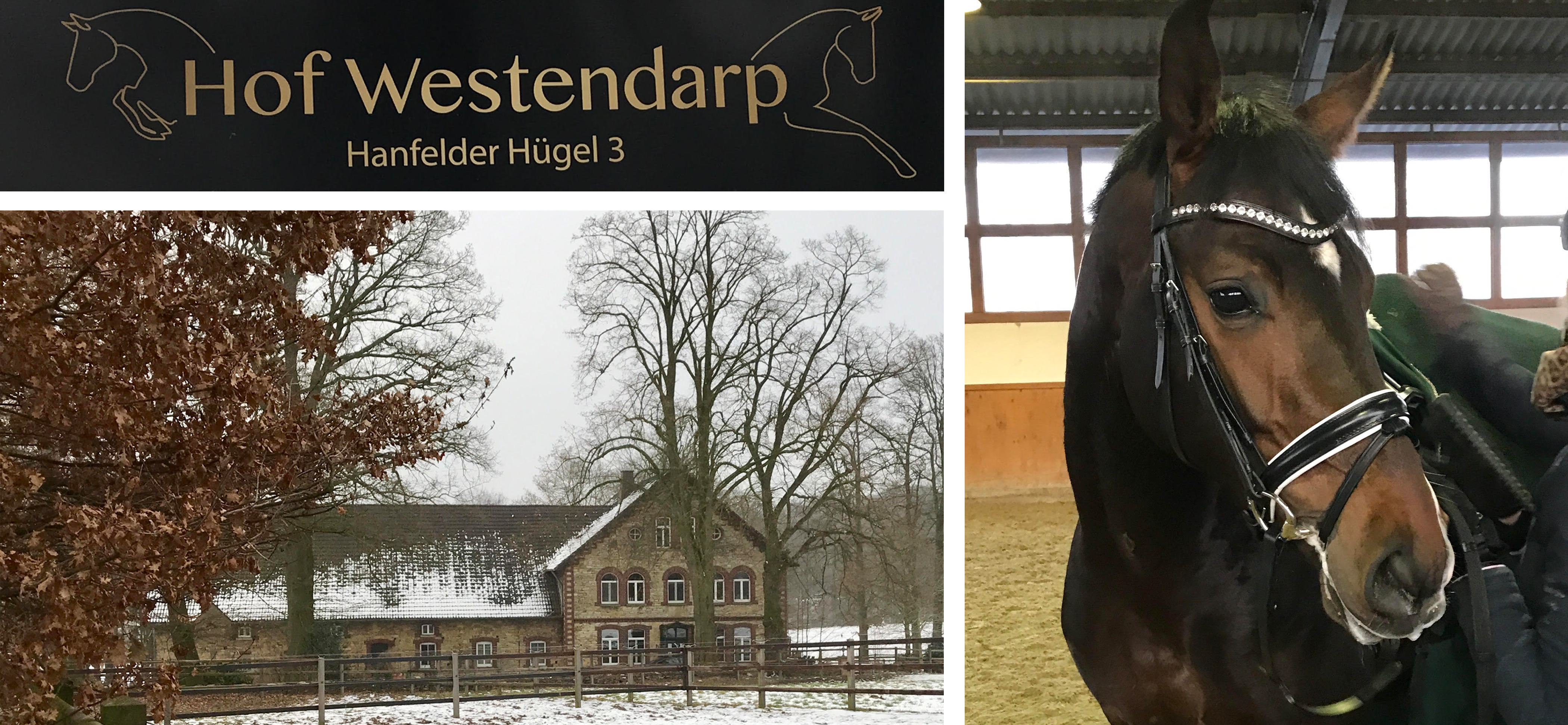
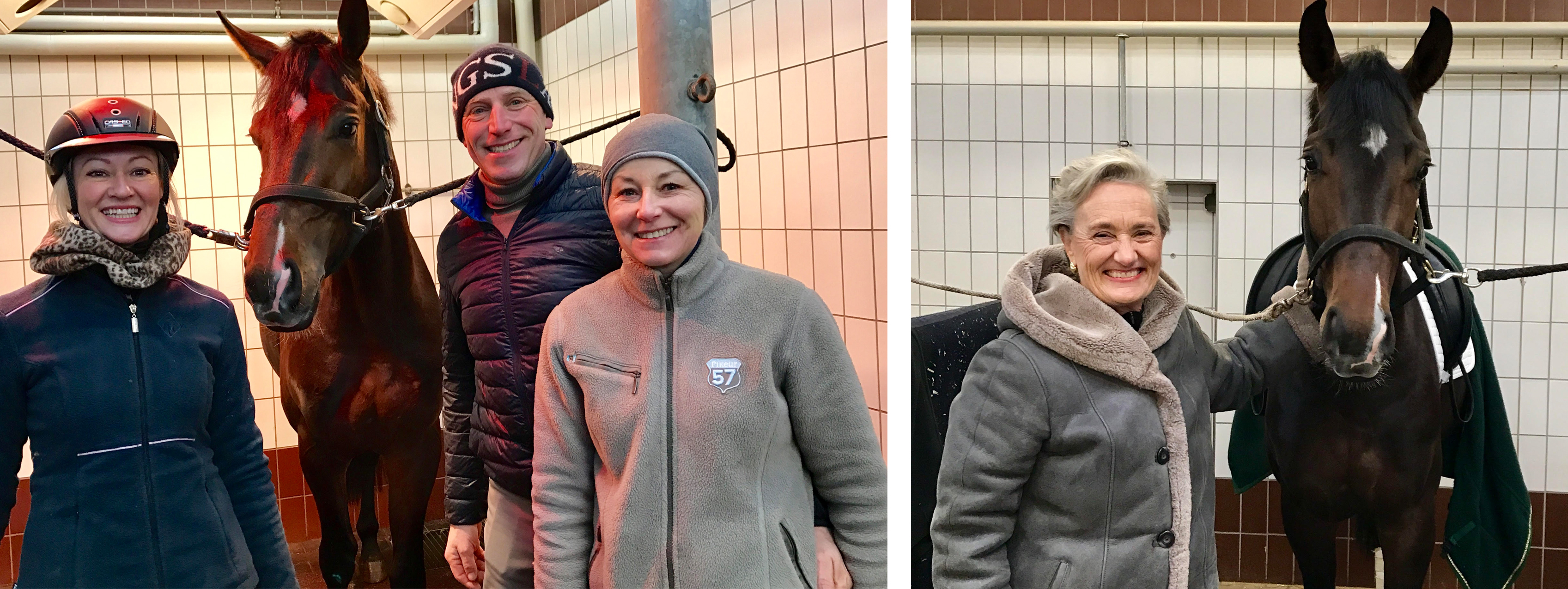

 January 20, 2017 – Day of the U.S. Presidential Inauguration
January 20, 2017 – Day of the U.S. Presidential Inauguration